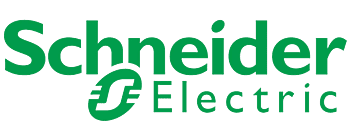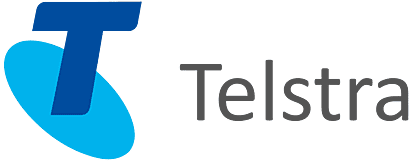In today’s complex and evolving business landscape, the role of the Human Resources Business Partner (HRBP) remains more essential than ever.
In Australia, as in global markets, HRBPs are seen not merely as functional specialists but as key enablers of organisational performance. Their ability to align people strategy with business outcomes, and support employees to bring their best to work each day, positions them as central to organisational success now and into the foreseeable future.
Strategic Alignment: HRBPs as Business Catalysts
Modern HRBPs are integrated into operational leadership teams and co-design people strategies that underpin business success. ChapmanCG’s Global HR Outlook June 2025 notes a sharp rise in the demand for HR professionals who can "co-create strategies and roadmaps, placing the organisation’s needs at the forefront" (ChapmanCG, 2025).
In the Australian context, HRBPs are increasingly valued for their ability to lead complex Enterprise Agreement (EA) negotiations and achieve high levels of employee engagement. Particularly in sectors like logistics, manufacturing, education and health, where union representation remains strong, HRBPs contribute commercial acumen and employee relations expertise. They help businesses navigate bargaining obligations under the Fair Work Act 2009, while fostering constructive engagement with employees. This ensures agreements are not only compliant but also sustainable and aligned to productivity goals. Working closely in partnership with supervisors and employees builds trust which is fundamental for achieving higher levels of employee engagement.
Supporting a Diverse, Multigenerational Workforce
Another area where HRBPs deliver significant value is in managing diverse workforce demographics. Australian workplaces often comprise four or more generations, each with different expectations and communication styles. HRBPs play a pivotal role in designing workforce plans that recognise this diversity. They do this by ensuring training, leadership development, and employee benefits are inclusive and effective across age groups.
For instance, flexible work arrangements may appeal to certain workers seeking work life balance, while phased retirement planning could benefit experienced workers nearing retirement. HRBPs can tailor policies and leadership strategies to accommodate this diversity, improving retention, company image, and fostering inclusion.
Leading Through Cost of Living Pressures
As the Australian economy continues to feel the lingering impact of inflation and rising household costs, HRBPs are helping employers understand and respond to employee financial wellbeing concerns. According to the Australian Bureau of Statistics, cost of living pressures remain a top concern for working households in 2025. HRBPs are instrumental in the early identification of those needing support mechanisms such as financial counselling services, and employee assistance programs (EAPs).
In organisations with large operational workforces, such as FMCG or supply chain sectors, HRBPs are engaging directly with frontline teams to ensure compensation, shift patterns, and benefits remain competitive and fair. These efforts contribute to morale, reduce turnover, and protect employer brand.
Enhancing Employee Experience and Agility
HRBPs are uniquely positioned to influence both engagement and adaptability. As noted by ChapmanCG, “the HRBP of 2025 is expected to have a heightened focus on enabling employees and exploring the future of work” (ChapmanCG, 2025). In Australia’s hybrid work environment, HRBPs are leading efforts to integrate digital tools, performance frameworks, and leadership coaching in ways that maintain connection and productivity across dispersed teams.
The HR Business Partner role has moved beyond operational HR to become a key link in achieving both commercial and people outcomes.
In Australia, HR Business Partners play a pivotal role in negotiating Enterprise Agreements, managing generational diversity, driving workforce engagement, and responding to economic pressures, highlighting their strategic importance. Far from being mere problem solvers, HRBPs are value creators who align people strategies with business goals while enhancing the employee experience. In organisations where labour costs often exceed 50% of total expenses, a skilled HRBP can significantly improve workforce efficiency and effectiveness, directly contributing to sustained performance and competitive advantage.
📩 Contact Linq HR today to explore tailored support for your employee relations and workplace management.
🌐 Visit: www.linqhr.com
📞 Call: 1300234566
References
ChapmanCG. (2025). Global HR Outlook June 2025. Retrieved from [https://www.chapmancg.com/quarterly-updates/global-hr-outlook-june-2025](https://www.chapmancg.com/quarterly-updates/global-hr-outlook-june-2025)
ChapmanCG. (2025). HR in 2025: Preparing for the Next Chapter. Retrieved from [https://www.chapmancg.com/quarterly-updates/hr-in-2025-preparing-for-the-next-chapter](https://www.chapmancg.com/quarterly-updates/hr-in-2025-preparing-for-the-next-chapter)
Australian Bureau of Statistics. (2025). Household Financial Stress Indicators. Retrieved from [https://www.abs.gov.au/statistics](https://www.abs.gov.au/statistics)








